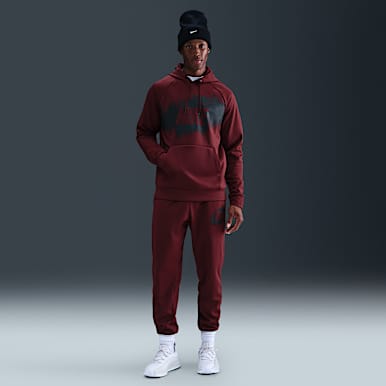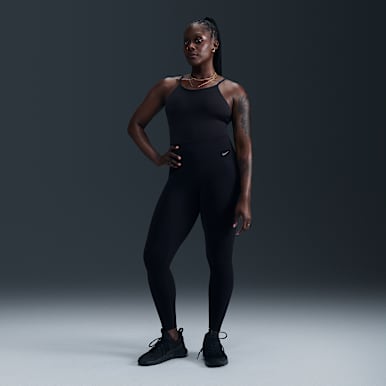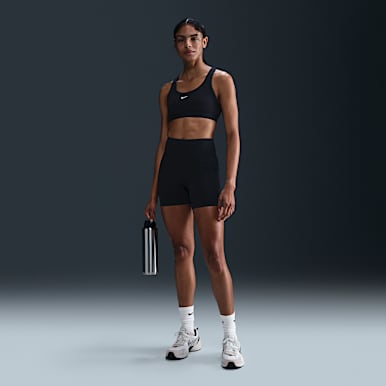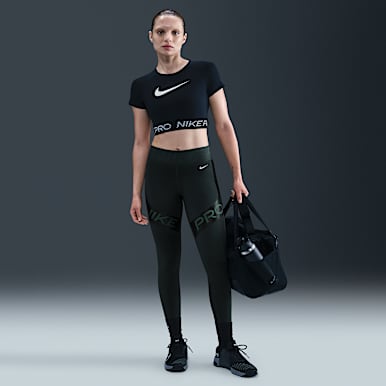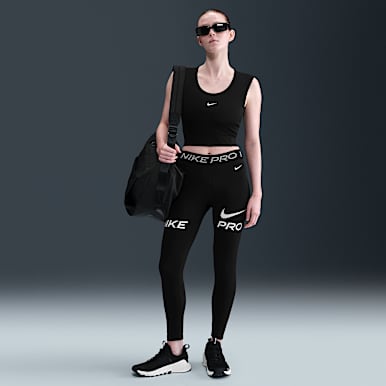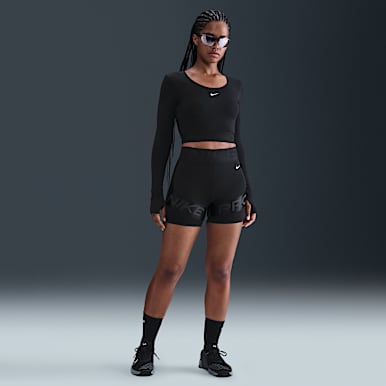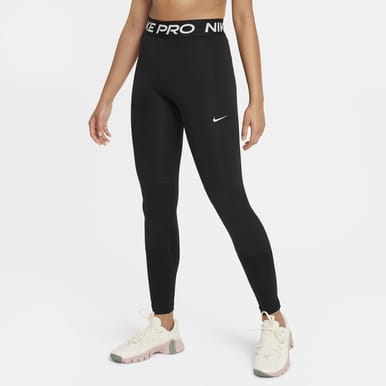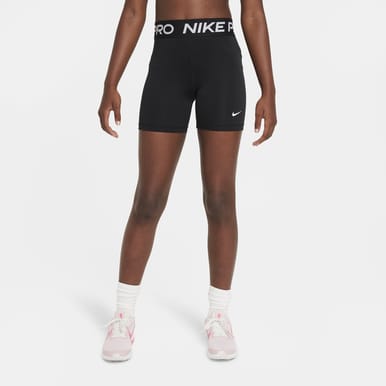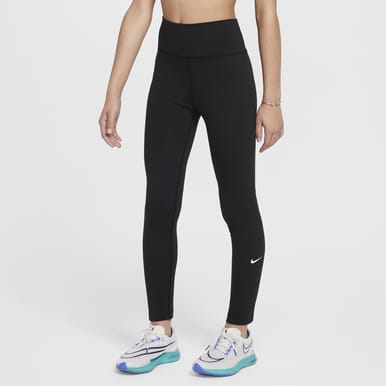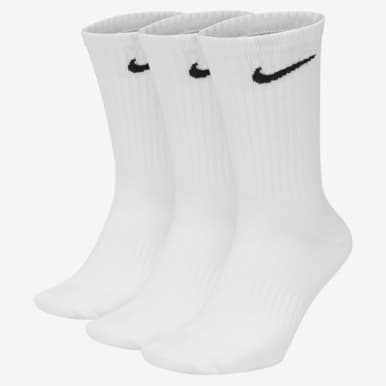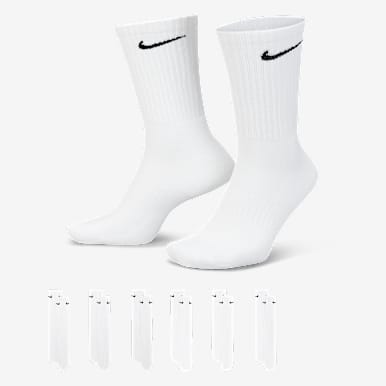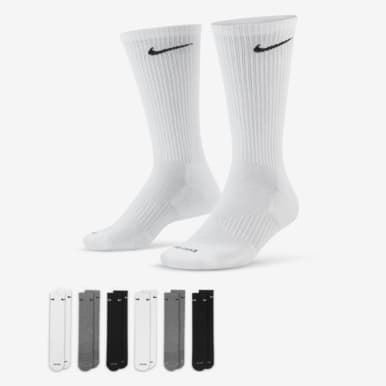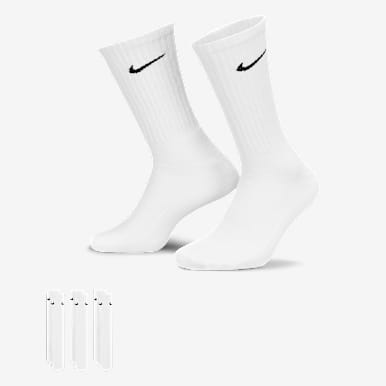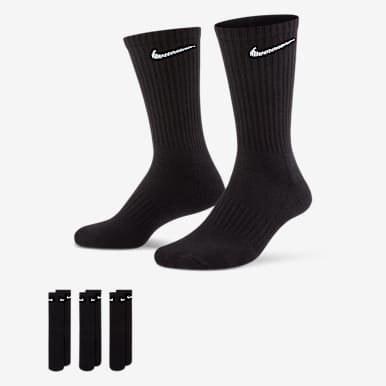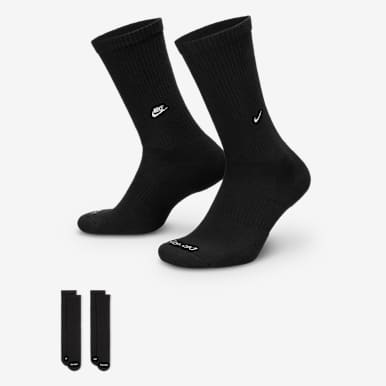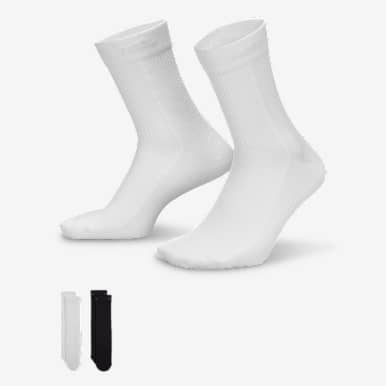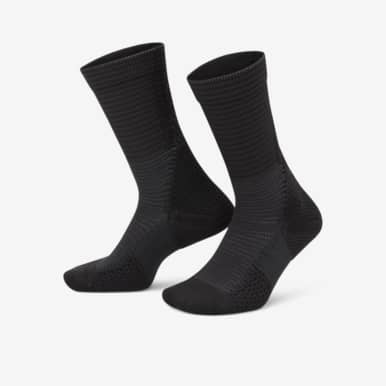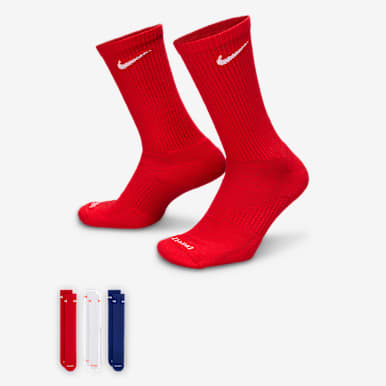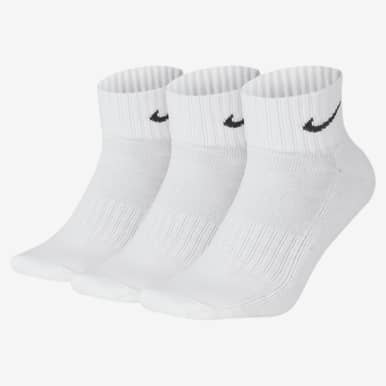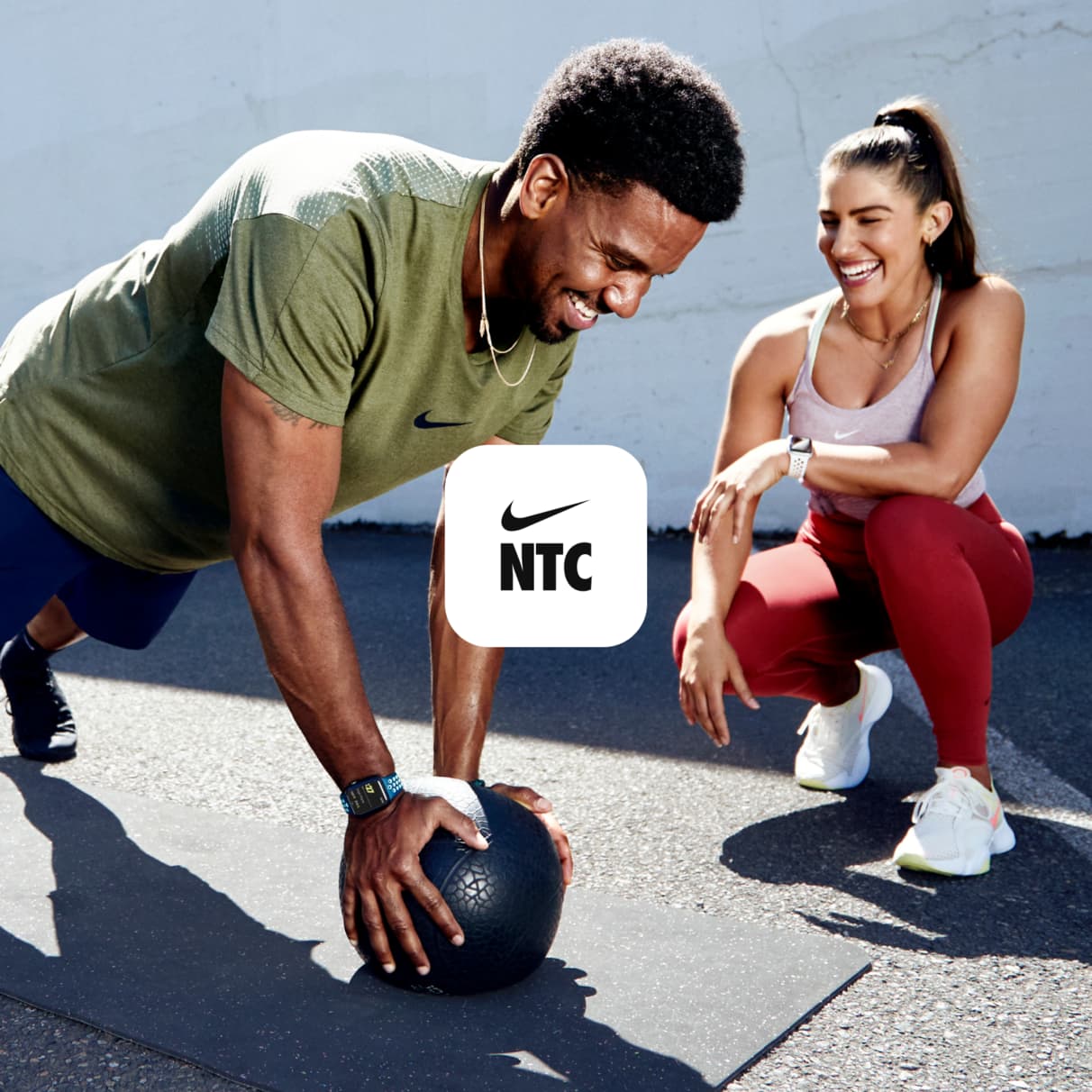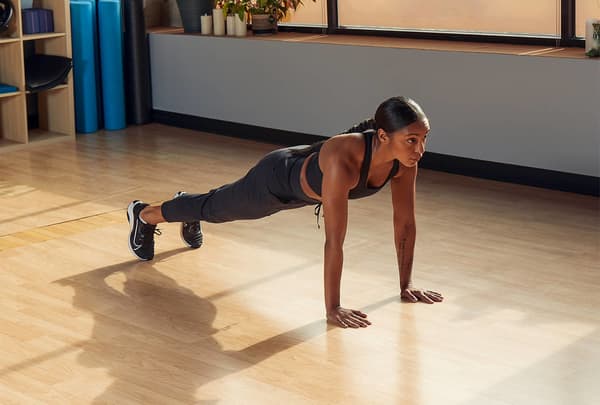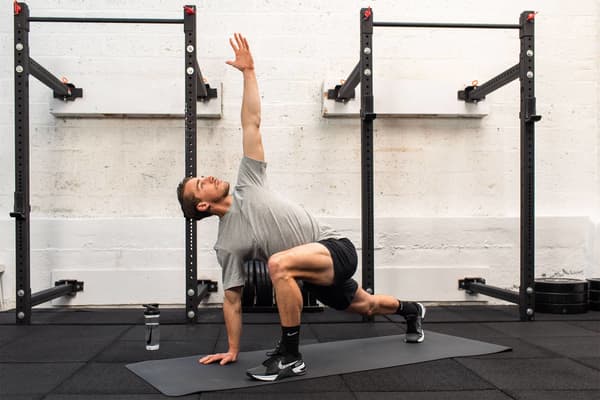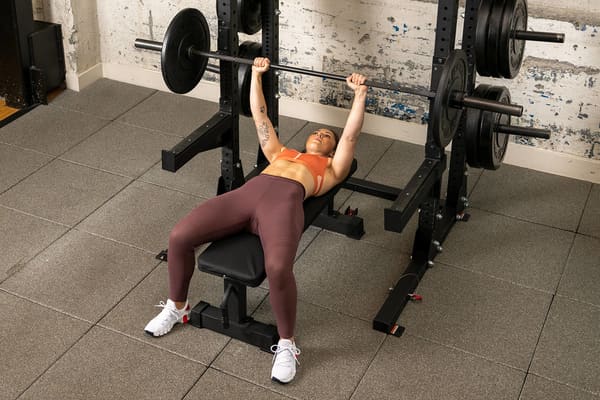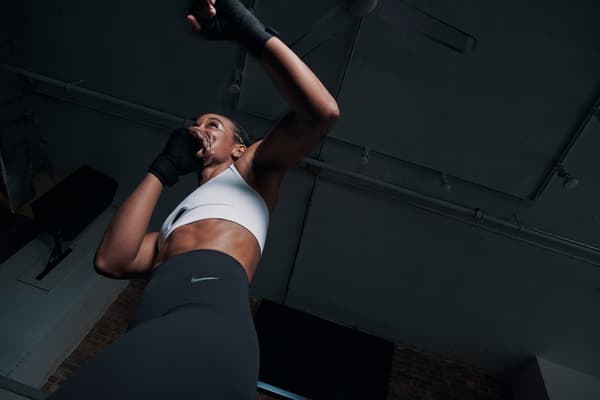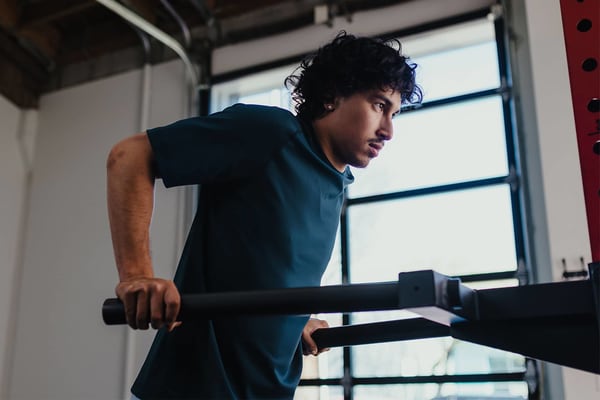6 Calf Exercises Physiotherapists Want You To Do Every Week
Sport & Activity
The calf muscles are essential for a range of exercises and workouts. Here's what experts say about key moves to do, no matter what your fitness goals are.
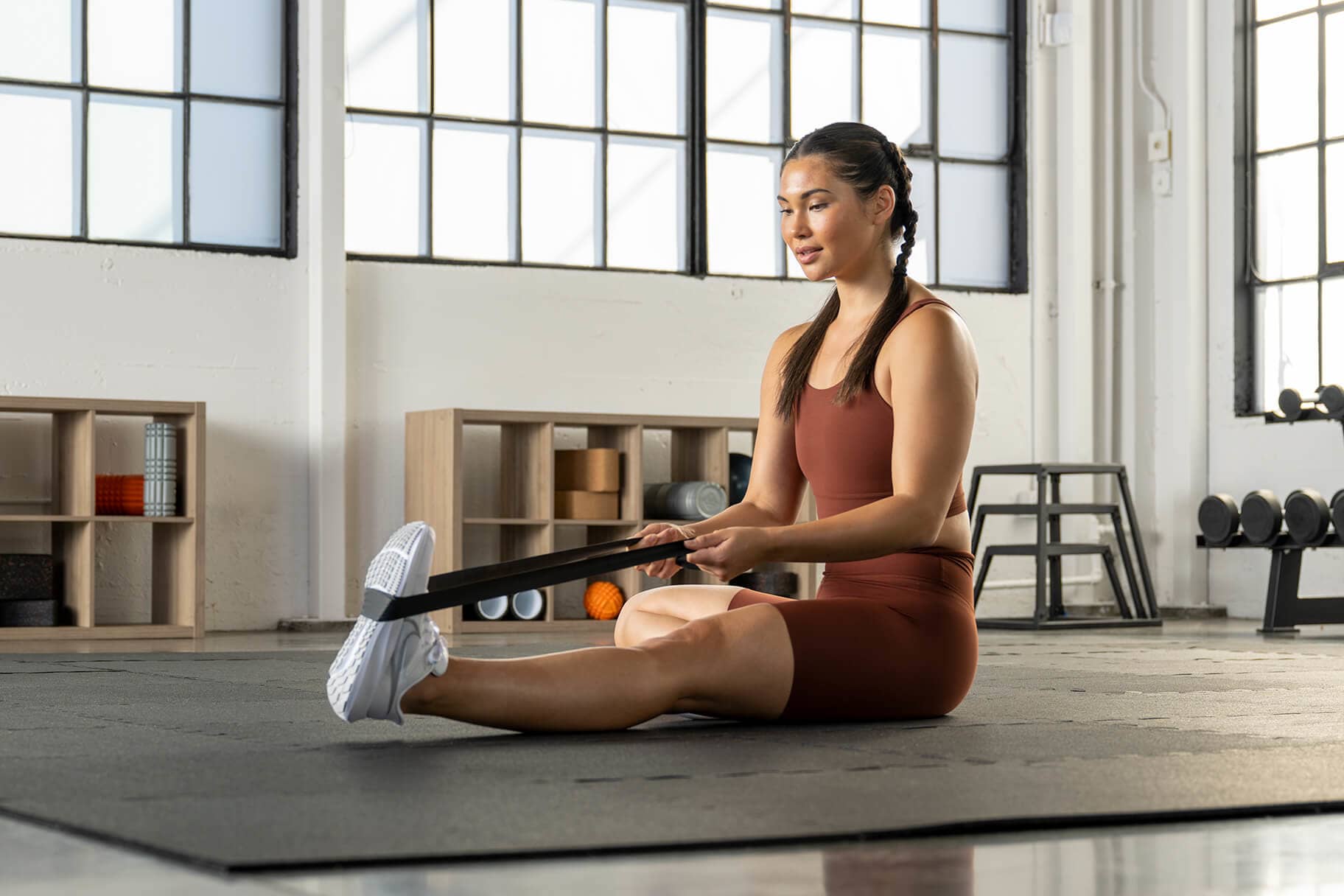
If you've been spending a lot of time working out, chances are you've become aware of your calf muscles. The muscles in the back of the bottom half of the leg put in work when you're sprinting, running, doing CrossFit or participating in another sport that relies on jumping and other quick lower-body movements.
No matter your fitness goals, dedicating some time to calf muscle exercises during your strength and flexibility workouts will pay off in the long run. Here, physiotherapists explain why the calf complex is so important and key exercises they wish everyone did each week.
Introduction to Calf Muscles
"There are two main calf muscles on the backside of the leg: the gastrocnemius and beneath it, the soleus", said Cameron Yuen, D.P.T., CSCS. "Both of these come together at the bottom of the leg to form the Achilles tendon, and that attaches to the bottom of the heel".
The gastrocnemius and soleus—aka, the calf muscles—are what propel you forwards when you run, jump, or do any other movement that requires leg power, Yuen said.
"The gastrocnemius crosses two joints, the knee and ankle, and the soleus crosses over mostly just the ankle", said Megan-Marie Delegas, D.P.T. and Russian Kettlebell Challenge-certified kettlebell coach. Which muscle gets used more primarily depends on the exact movement you're doing, but "if you are a runner, specifically, the most force production is going to be needed from the soleus, because it actually absorbs most of the force", she said.
It's still important, though, to work both muscles regularly so that they can work in tandem.
The main calf muscles also work with the Achilles to involve the foot. "To excel at running or sprinting, you really need the calf muscles to be strong", Melissa Prestipino, D.P.T, said. "When the calf is strong, it helps you to point your toes, push off and accelerate".
Beyond running, the calves play an integral role in any movement that requires triple extension, which refers to the combination of hip extension, knee extension and ankle plantarflexion, Prestipino said.
"In addition to the push-off phase of running, triple extension can also come into play with explosive movements such as during a dumbbell snatch or during competitive lifting including a clean and jerk movement. Doing plyometric movements like squat jumps and box jumps also recruit triple extension exercises", she said.
Why Stretching and Strengthening the Calves Is Important
For optimal performance and injury prevention, you want to make sure your calves are strong and elastic. And regularly performing calf-specific strengthening exercises can help mitigate the risk or recurrence of calf muscle strain injuries.
"If you think about skipping, there's a bounce to it that comes from the motion in the ankle. Or think of a diving board that allows for give but can bounce back", Delegas said.
This is what you want your calves to be able to do: quickly produce force and then snap back to their original position to repeatedly fire. Yuen called it "plyometric capacity". Stretching and strengthening are both required for this elastic function.
If you skimp on stretching and your calves get super tight, you may encounter serious issues.
"When the calves are tight, there's a bigger risk of tearing the Achilles", Prestipino said. "If you accelerate and try to run and your calves are tight, it could literally rupture so that's one of the most dangerous issues with tightness".
At best, calf tightness can lead to some tendonitis and inflammation, she added.
Tight calves can also contribute to plantar fasciitis, a common source of heel pain in runners that's caused by inflammation of the tissue that connects the heel bone to the toes.
"The Achilles wraps under the foot and connects to the plantar fascia, a fibrous tissue under the foot. Tight calves pull on the Achilles, which then pulls on this fascia", Prestipino said. "Keeping the calves flexible loosens that fascia".
On the flipside, strong and elastic calf muscles can improve walking or running speed, Delegas said.
"The more elasticity and force production the muscles are capable of, the less effort you have to put in, which is what we want. It shortens the turnover time of each step and makes you more efficient and faster", she said.
6 Best Calf Exercises, According to Experts
Incorporating a combo of stretching and strengthening moves into your routine will ensure a healthy range of motion and the requisite calf strength and elasticity to power through runs and other lower-body movements.
You can perform the following calf exercises either at home or the gym. Delegas recommended incorporating them into your strength training workouts, about three times a week, if you can. If you do split workouts, do calf work on lower-body days, Yuen suggested.
"You definitely do want to train them once a week at a minimum", he said. And if your calves tend to be super tight, consider stretching them a little every day.
And if you're contemplating wearing shoes or not wearing shoes, both experts assure there is no harm in wearing shoes, but going barefoot could yield greater benefits.
"It's completely fine to stick with running shoes. However, there are benefits to going barefoot as well. Barefoot is a nice extra step that does make the foot work harder, can enhance feedback through the ground, and can mobilise the foot differently", Yuen said. "So I would say, mix the training with shoes and without, with the majority in shoes if these are unfamiliar exercises".
1.Standing Calf Stretch—Straight and Bent Leg

This classic calf exercise is an easy way to stretch the muscle. Keeping the leg straight will better target the gastrocnemius, while bending it will get more into the soleus, Yuen said.
How to do it: stand facing a wall with your feet staggered. Place your palms on the wall at shoulder height. Keeping your back leg totally straight, bend your front knee and slowly lean towards the wall, feeling the stretch in the calf of the back leg. To feel the stretch more in the soleus, unlock your knee so that your heel just comes off the floor.
Hold for 20–30 seconds. Do 2–3 sets.
2.Gastrocnemius Heel Raises

Heel raises are an easy way to build strength in the calf muscles. Again, keeping the knees totally straight will target the gastrocnemius.
How to do it: stand with your feet together and knees completely straight. Rise up onto your toes, specifically thinking about getting up onto the big toe. Then, lower your heels back down to the floor.
Do 2–3 sets of 20–30 reps.
3.Soleus Heel Raises

In this heel-raise version, you'll bend your knees to target the soleus.
How to do it: stand with your feet together and maintain a gentle bend in your knees. Rise up onto your tiptoes, also thinking about getting onto the big toe. Then, lower your heels back down to the floor.
Do 2–3 sets of 20–30 reps.
4.Skiers

"This exercise indirectly challenges the entire calf complex but more specifically hits the small intrinsic foot muscles", Delegas said. "Building resilience and strength there is important so that they can work with the calf muscles".
How to do it: stand with your feet together, making sure your knees and hips are straight. Imagine a long-jump skier and lean forwards several centimetres until you feel your toes grabbing onto the floor and the heels about to lift off the floor. Without falling forwards, hold this sweet spot until you feel moderate fatigue in the muscles of the feet.
Hold for 20 seconds. Do 5 sets.
5.Single-Leg or Double-Leg Pogos

Imagine your legs are a pogo stick.
How to do it: stand with your feet together. Rise onto the balls of your feet and hop. Imagine skipping but without the rope, Delegas said. Don't lock out your knees, but minimise how much they bend with each hop. Start with both legs at a time, and then try to do them with just one leg at a time for an added balance challenge.
Keep hopping for 10 seconds (on each leg if you choose that route). Do 5–10 sets.
6.A-Runs or High Knees

Basically running in place or high knees, A-runs "will help you work on quickness, shifting side to side and elasticity in the calves", Delegas said.
How to do it: start running in place, keeping the knees low at first and then increasing the height so that your knees come up high towards your chest. Pump your arms as you run in place.
Continue for 10 seconds. Do 5–10 sets.
Words by Amy Marturana Winderl, ACE-certified personal trainer and PRONatal pre- and post-natal exercise specialist.
